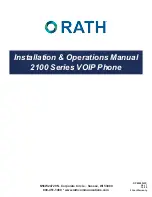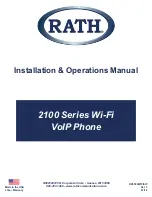
163
Studies have shown that these products generally do not
work as advertised. Unlike “hands-free” kits, these so-called
“shields” may interfere with proper operation of the phone.
The phone may be forced to boost its power to compensate,
leading to an increase in RF absorption.
Children and Cell Phones
The scientific evidence does not show a danger to any users
of cell phones from RF exposure, including children and
teenagers. The steps adults can take to reduce RF exposure
apply to children and teenagers as well.
•
Reduce the amount of time spent on the cell phone;
•
Use speaker mode or a headset to place more distance between
the head and the cell phone.
Some groups sponsored by other national governments have
advised that children be discouraged from using cell phones
at all. For example, The Stewart Report from the United
Kingdom made such a recommendation in December 2000.
In this report, a group of independent experts noted that no
evidence exists that using a cell phone causes brain tumors
or other ill effects. Their recommendation to limit cell phone
use by children was strictly precautionary; it was not based
on scientific evidence that any health hazard exists.
Additional information on the safety of RF exposures from
various sources can be obtained from the following
organizations (updated 10/1/2010):
•
FCC RF Safety Program:
http://www.fcc.gov/oet/rfsafety/
.
•
Environmental Protection Agency (EPA):
http://www.epa.gov/radtown/wireless-tech.html
•
Occupational Safety and Health Administration (OSHA):
http://www.osha.gov/SLTC/radiofrequencyradiation/
(Note: This web address is case sensitive.)
•
National Institute for Occupational Safety and Health (NIOSH):
.
•
World Health Organization (WHO):
http://www.who.int/peh-emf/en/
.
•
International Commission on Non-Ionizing Radiation Protection:
•
Health Protection Agency:
http://www.hpa.org.uk/Topics/Radiation/
DRAFT For Internal Use Only
Summary of Contents for I930
Page 8: ......
















































